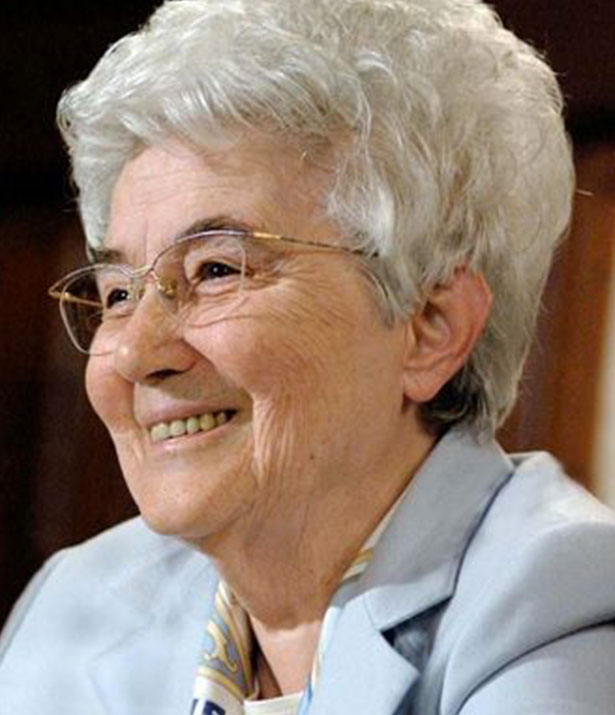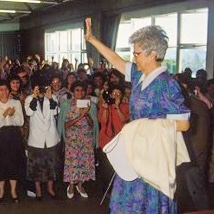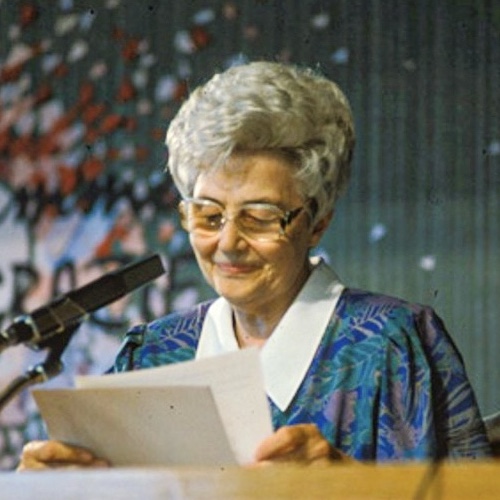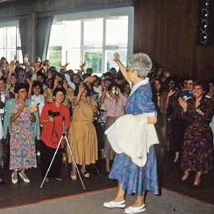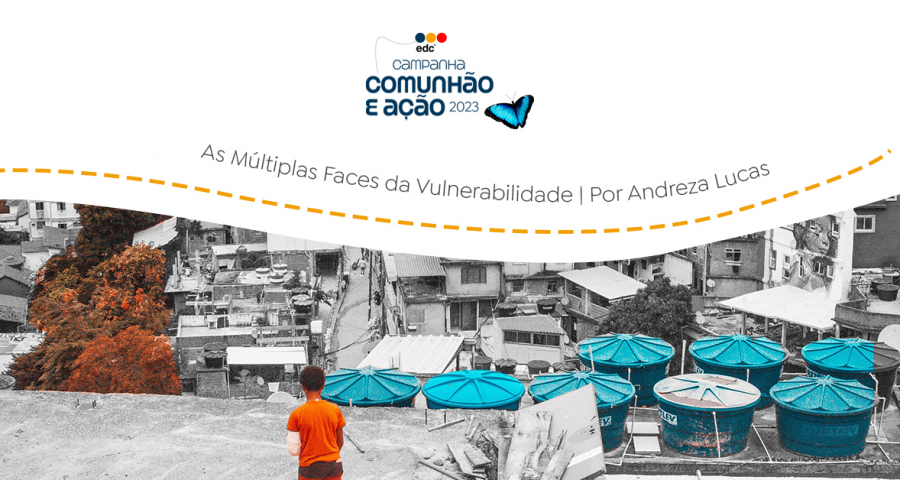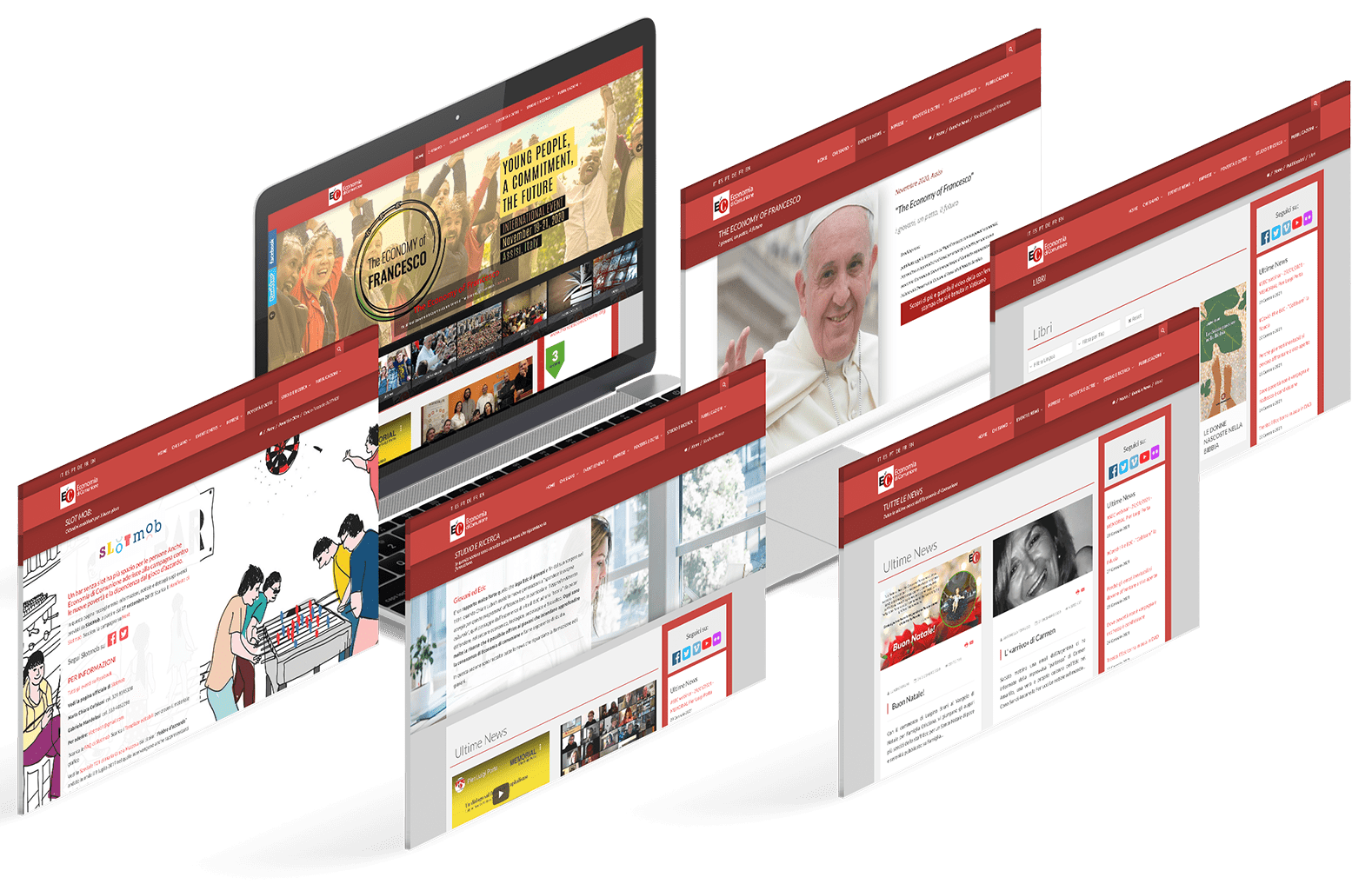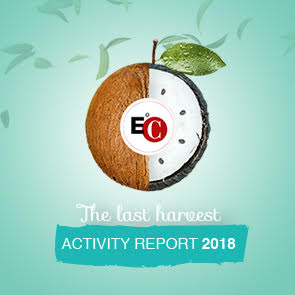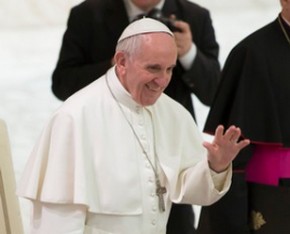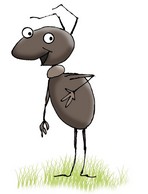The coordinator of the Brazilian Economy of Communion Research Network, Andreza Lucas explains the many faces of vulnerability.
by Andreza Lucas.
Source: edc Brasil
“We are all rich and we are all poor”, at first sight this statement may seem strange to some. But how often do we come across environments with an abundance of goods and an absence of smiles? How often do we encounter people with many material difficulties, but with a sparkle in their eyes that transforms our day? How often do we see relational setbacks along with some kind of material progress? Through these three simple questions, we can realise that although material poverty exists and is a central issue in the poverty debate, it is not the only one. Often the focus on material wealth alone makes us forget and even miss out on many other riches. Moreover, sometimes a project that aims to lift people out of material poverty, however well intentioned and structured, fails precisely because it has only considered poverty as a lack of income.
According to economist Luca Crivelli, communion is probably the missing theme in the contemporary discourse on poverty, wealth and well-being. Communion is based on freedom, on the recognition of the equal dignity of all people and on fraternity. Fraternity in the universal sense, which does not close itself within its own borders, but considers that we are all members of one global community.
Poverty is not only an individual condition, but also and above all the result of a set of unhealthy relationships, which can only be fully healed through reciprocity.
It is a multidimensional phenomenon, caused by the absence or insufficiency of capital goods such as: human capital, psychophysical capital, relational capital, social capital or spiritual capital, among others. According to economist Amartya Sen, poverty generates an intolerable waste of talent; it means not having the opportunity to develop one's potential.
A superficial view of what poverty really is leads to wrong conclusions loaded with judgements such as: lack of talent, incompetence, irresponsibility or lack of character and culture. Economist Luigino Bruni points out that in both the ancient and modern worlds, new and more sophisticated ideologies are being constructed to silence people living in vulnerable situations, to avoid seeing them, to convince us and them that they are just guilty and deserve their sad fate.
Professor Majid Rahnema has made an in-depth study of the semantics of poverty, recognising its various archetypes, of which we highlight four here. The first of these, convivial poverty, is a way of life that can protect people in poverty from sinking into destitution. When there is a solid community life, even in times of great scarcity, people who find themselves with few resources make what they have available to those who have even less, so that everyone attains the minimum necessary to ensure their existence.
A second archetype of poverty, voluntary poverty, refers above all to the condition in which, outside of the ordinary, those men and women live who voluntarily choose poverty as a means of liberation from the goods that create dependency, so that they can be free to serve humanity. Emblematic examples are Sister Dulce of Bahia, Francis of Assisi and Mother Teresa of Calcutta. However, this poverty archetype can also be seen in the many people who make prudent consumption choices in their daily lives, who are inspired by plants that only take from the earth what is necessary for their development.
The third archetype is modernised poverty, a degenerate form of poverty that emerged after the industrial revolution in the context of market economy. In this completely new type of poverty, the ‘lacks’ perceived by individuals are systematically produced by an economy whose prosperity depends on a constant increase in the number of consumers, which not infrequently produces and increases the number of compulsive consumers. The Brazilian news often reports on debt rates. There are many people who have fallen into this trap to buy basic necessities, but there are certainly many others who have been driven to consume more than necessary. This may be related to the absence of other types of capital, such as relational capital (if the good is seen as a way of belonging to a group), human capital (if it is a lack of financial education), etc.
The fourth archetype is a completely different (and much more serious) form of poverty, called indigence or destitution. Men and women are endowed with a vital energy that they can count on in times of difficulty (psychologists call it resilience). It is only when we are in the midst of the deepest crises that we discover unknown resources within ourselves that make us capable of overcoming suffering that seemed unbearable before we actually experienced it. The loss of this capacity (along with the loss of the safety net provided by convivial poverty) can lead vulnerable people to fall into destitution and misery.
It can be noted that these poverty archetypes are strongly intertwined. While in contexts of convivial poverty the strength of the community proves to be a great resource that protects everyone from falling into misery, often among people of the so-called middle class a major challenge is the search for a support network that allows children to have a healthy development and the elderly to have comfort in times of hardship. Moderate consumption, referred to here as voluntary poverty, is a powerful antidote to escape modernised poverty.
This brief reflection emphasises that the process of overcoming vulnerabilities involves first and foremost a process of discovering individual and community wealth and potential. It is precisely reflections of this kind that inspire initiatives such as the Comunhão e Ação crowd funding campaign. Coordinated by the Economy of Communion of Brazil, this year's campaign is entitled “Because we are community, we sow new history”. The goal is to develop a series of projects based on reciprocity, in which each participant has an active role, and on human flourishing, so that each person connected to the project can discover their individual and community riches, often hidden by the difficulties encountered in the course of life.

